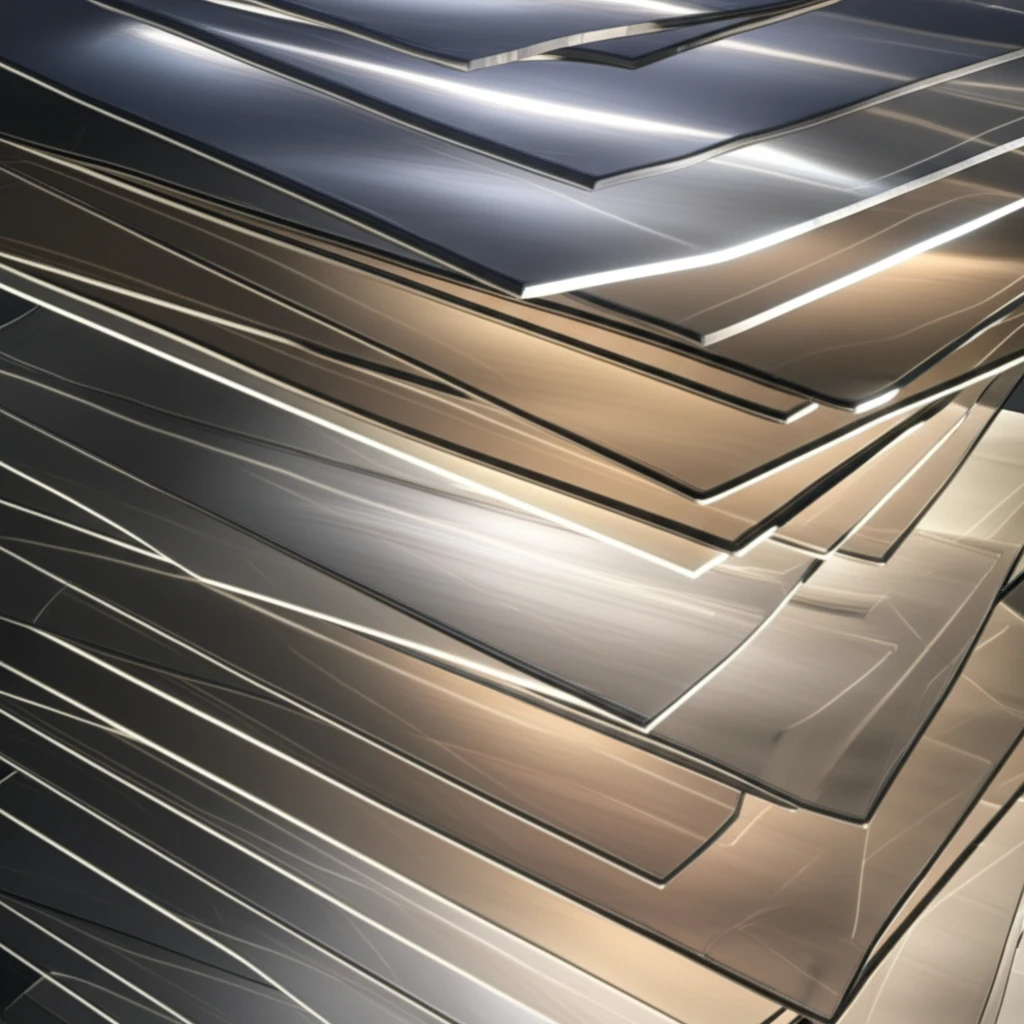
The "Un-MoS2": How a Quirky 2D Material Could Revolutionize Tech
"Researchers uncover the surprising properties of germanium diselenide (GeSe₂), a 2D material with unexpectedly weak interlayer interactions, paving the way for stable, high-performance applications."
The world of 2D materials is constantly evolving, with new contenders emerging to challenge established players like graphene and molybdenum disulfide (MoS2). These materials, just a few atoms thick, promise revolutionary advancements in electronics, photonics, and beyond, due to their unique properties that can be tweaked by adjusting the number of layers.
However, a major hurdle in harnessing the full potential of 2D materials lies in their sensitivity to the surrounding environment. The strong forces between layers and the substrate they sit on can alter their electronic behavior, hindering their performance in real-world applications. Imagine trying to build a perfectly tuned instrument, only to find its sound warped by the room it's in.
Now, a team of researchers has discovered a fascinating exception to this rule: germanium diselenide (GeSe₂). This material exhibits surprisingly weak interactions between its layers, making it remarkably stable and less prone to external disturbances. This groundbreaking finding, detailed in Advanced Science, could pave the way for a new generation of robust and reliable 2D material-based technologies.
GeSe₂: The "Anti-MoS2" with Remarkable Stability

Unlike its counterparts, such as black phosphorus (BP), known for its strong interlayer coupling, GeSe₂ displays a distinct indifference to its neighbors. Density functional theory (DFT) calculations, a powerful tool for simulating material properties, revealed that the forces holding GeSe₂ layers together are unusually weak. This was evident in several key areas:
- Band Structure: The electronic structure of GeSe₂ remained largely unchanged regardless of the number of layers, indicating minimal influence from neighboring layers.
- Cleavage and Binding Energy: The energy required to separate GeSe₂ layers was significantly lower than that of other 2D materials, confirming the weak interlayer attraction.
- Translation Energy: Shifting one GeSe₂ layer over another barely altered the total energy, further demonstrating the ease with which these layers can move independently.
- Interlayer Charge Density: There was a negligible build-up of charge between GeSe₂ layers, suggesting minimal covalent bonding and weak interaction.
GeSe₂: A Promising Building Block for Future Technologies
The discovery of GeSe₂'s weak interlayer interaction opens up exciting possibilities for a range of applications. Its inherent stability and ease of manipulation could make it an ideal building block for electronic devices that are less susceptible to environmental noise and substrate effects. Imagine flexible displays that maintain their performance even when bent or stretched, or highly sensitive photodetectors that operate reliably under varying conditions.
Moreover, the unique in-plane anisotropy of GeSe₂, meaning its properties differ depending on the direction, could be harnessed to create polarization-sensitive devices for advanced imaging and communication technologies. The fact that its properties remain consistent regardless of the number of layers simplifies the design and fabrication process, making it easier to scale up production.
While further research is needed to fully explore the potential of GeSe₂, GeSe₂ stands out as a unique and promising material in the ever-expanding landscape of 2D materials. Its unconventional behavior challenges existing paradigms and paves the way for innovation in electronics, photonics, and beyond. It's a reminder that sometimes, the most groundbreaking discoveries come from unexpected places.
